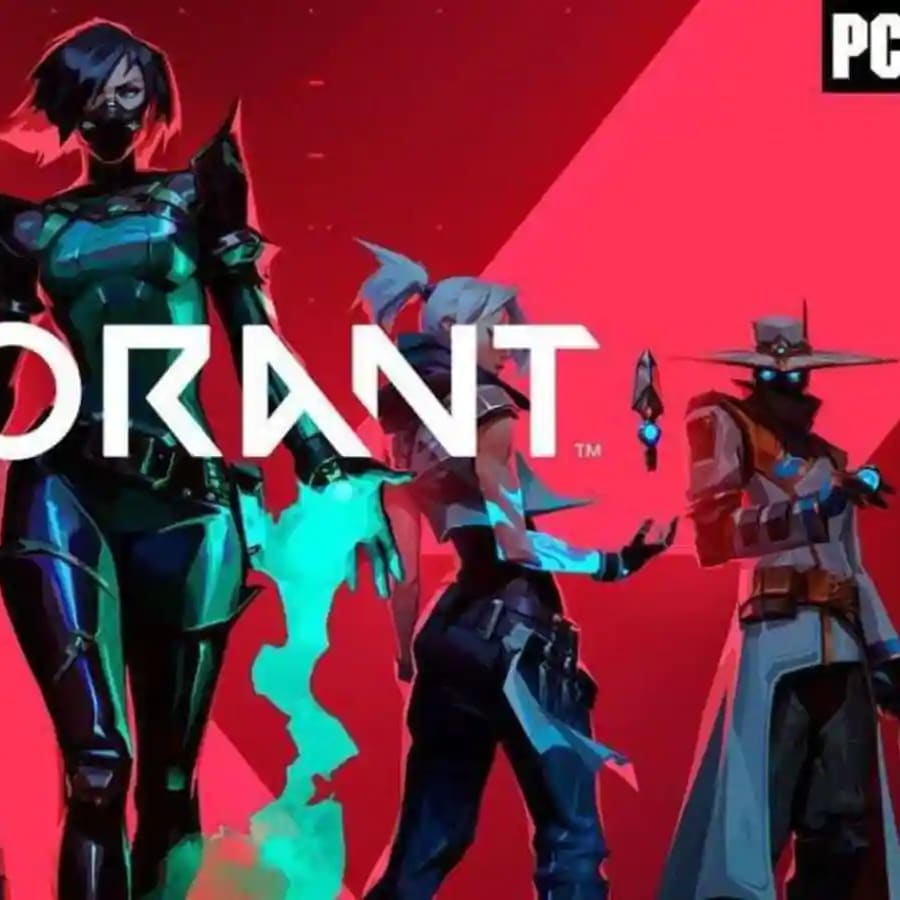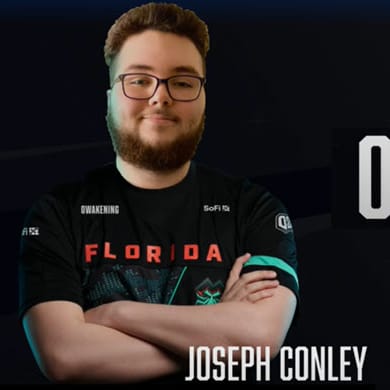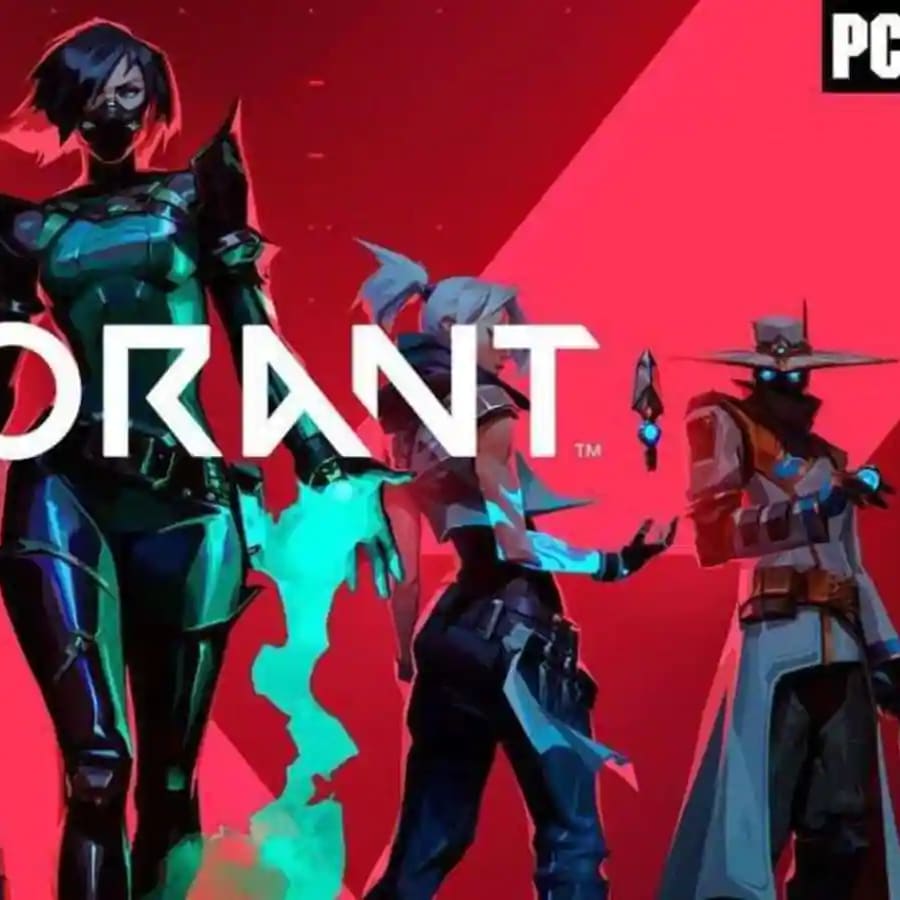This article is part of our Overwatch series.
I'll be honest. Prior to BlizzCon, I didn't have a ton of faith in the Overwatch League. Blizzard had spent most of the year staying completely silent about the League. Buy-in figures were sky-high. Twitch viewership for Overwatch Contenders (OWL's Development league) were low. Simply put, it was looking shaky.
BlizzCon changes all of that, in my opinion. From the announcements made at the convention to the gameplay itself, Blizzard has made huge strides to deliver a product that truly seems to be one-of-a-kind in the current esports landscape.
Blizzard has put together a solid structure
Here's the thing. In esports, figuring out when a given tournament or match is taking place is sometimes harder than actually playing/watching the game. Even Riot-sanctioned leagues in League of Legends sometimes wait until a couple weeks, or even days (I'm looking at you, LPL), before announcing or making a schedule available. As you can imagine, this makes it incredibly hard to line up coverage for events when you have no idea when it's taking place.
When it comes to the Overwatch League, however, we've already got dates and times for every single of the 240+ matches that will take place over the course of the inaugural season. Yes, an entire season's schedule mapped out a full two months before the season starts. This simple fact alone shows you that Blizzard really does want this to feel more like a professional league akin to the Big 4 rather than just another esports league.
Not only is the schedule out, but it's structured with the fans in mind. Instead of just having it start at the same time for every match day, the times are adjusted based on what day of the week it is and what team is playing. They generally have the lone Chinese and South Korean teams playing in the later spots of 6 and 8 p.m. PST (which is generally late for most NA-based tournaments) so that fans of those teams can watch at a time convenient for those times zones. Fans of the Shanghai Dragons and Seoul Dynasty will be able to wake up in the morning and check out their team play. Sure, these late times may be a bit rough for NA fans in the Central and Eastern time zones, but you can't please everyone in a global competition.
The bottom line is that there is a clear structure already put in place, which is seemingly a first for an esports league. Fans and media outlets alike now have two months to start gearing up for the season, and they've got a full schedule to do it with.
Updates to the spectator client are a step in the right direction
When it comes to watching esports, watchability is probably the second most important factor behind a good structure. This is honestly the one spot where I can see this League falling flat. Overwatch has to be one of the most confusing games to watch period, behind League of Legends, that is. While the general concept of Overwatch is simple to understand - capture a point, escort a car to the finish line, kill all the enemies - it's a bit harder to understand in the moment.
Simply put, Overwatch is a giant ball of hectic activity. There's 12 characters on the map, jumping around and using abilities and zipping all around. Some characters can jump insanely high, some can actually fly, some can teleport, some heal, some do damage. There's a lot going on, to say the least.
Up until BlizzCon, it was insanely hard to keep up when watching a competitive Overwatch match. After the updates to the spectator client, however, it was a lot easier to follow the action throughout the World Cup. The teams are now color coded, meaning they've got matching uniforms, and any abilities used or projectiles fired match those team colors. Not only that, but the casters can now easily pull up instant replays to better highlight the action. It all boiled down to a much more cohesive viewing experience that was easier to follow.
That being said, I still think it's a bandage on an open sore. It's still a very hectic game, and I don't know if it really has what it takes to be "that" game that breaks the esports scene wide open. From a general standpoint, I think it has a better shot than Call of Duty or Counter-Strike simple because it's less realistic than those games. But it still might be tough to get more than die-hard/dedicated esports fans to watch. While that will certainly be enough to keep it afloat in the esports landscape, I'm not sure that will be what it takes to transcend this scene, which seems to be the aim of the OWL.
People are watching in large numbers
Don't get me wrong. I don't mean this to say that Twitch numbers are the end-all be-all for an esport. I know some people who seriously hate that argument (looks at my editor), but the fact remains that an esport can't really dominate the scene without people watching it. I also mainly bring this up because people were quaking in their boots when Contenders was taking place and there were just a mere 20,000 viewers on Twitch, which is terrific for a single streamer, but not very good for a major tournament. This is why BlizzCon was (again) such a big deal for the longevity of Overwatch as an esport.
During the World Cup this past weekend, Overwatch's official Twitch channel peaked at around 220,000 viewers. It wasn't even just for the USA vs. South Korea game that brought down the house. Even the finals between South Korea (I'm sensing a trend here) and Canada saw over 200,000 viewers during the midst of the series. While it would be silly to think that they'll pull in those type of numbers on a weekly basis during the season, this bodes very well for sustaining viability with OWL.
In addition to the sheer number of people watching online, the atmosphere in the entire convention center all weekend long was incredible. The hype from the crowd during the USA/South Korea was unlike anything I've ever heard at an esports event. This is coming from a person who was at the 2016 League of Legends Worlds Finals at the Staples Center in Los Angeles with 20,000 some-odd screaming fans. It seriously felt like it was louder in Anaheim with only about 7,000 fans in the arena.
Even outside the arena was an incredible sight. They actually had to close off entry to the arena at multiple points throughout the weekend since it reached capacity. Even during games in which the USA was not involved, meaning that the majority of people in the arena likely had no real horse in the race. This led to there being hundreds of fans gathered around screens throughout the convention hall watching the event. Compare that to last year when the buzz around the matches was nowhere near as dominant.
It's clear that the fandom is only growing by the day when it comes to Overwatch. This type of rabid fanbase is just what this game needs to keep it relevant and eventually make it as the next big esport. There's still a chance that this could fail and set esports back a step, but the foundation is there, giving fans plenty of reason to be optimistic.












